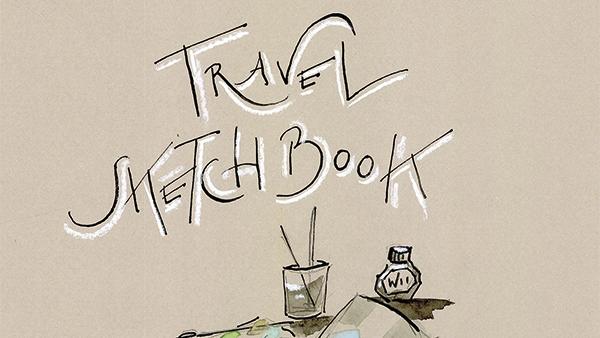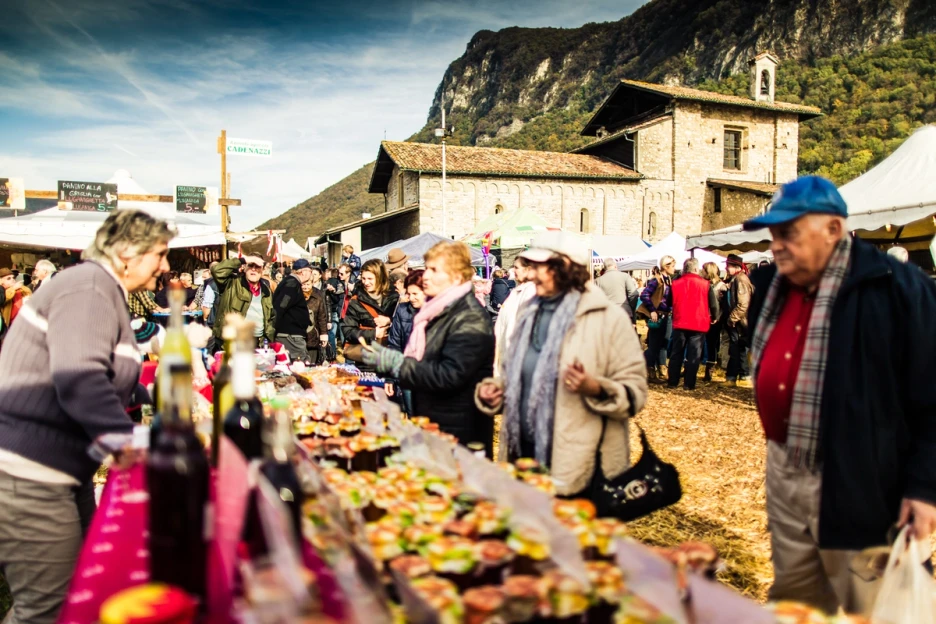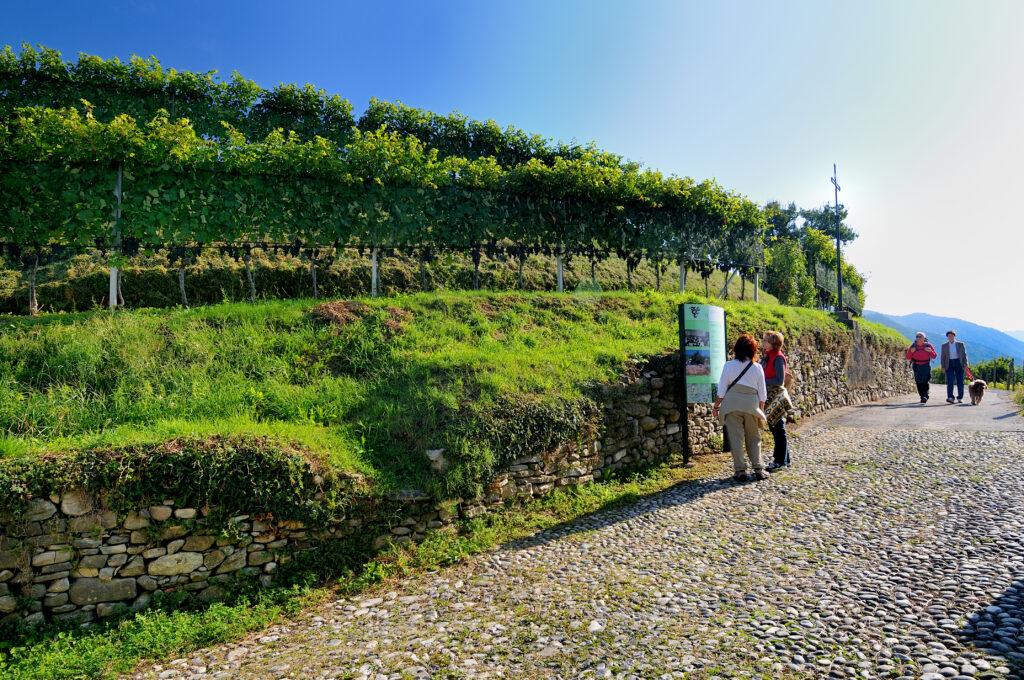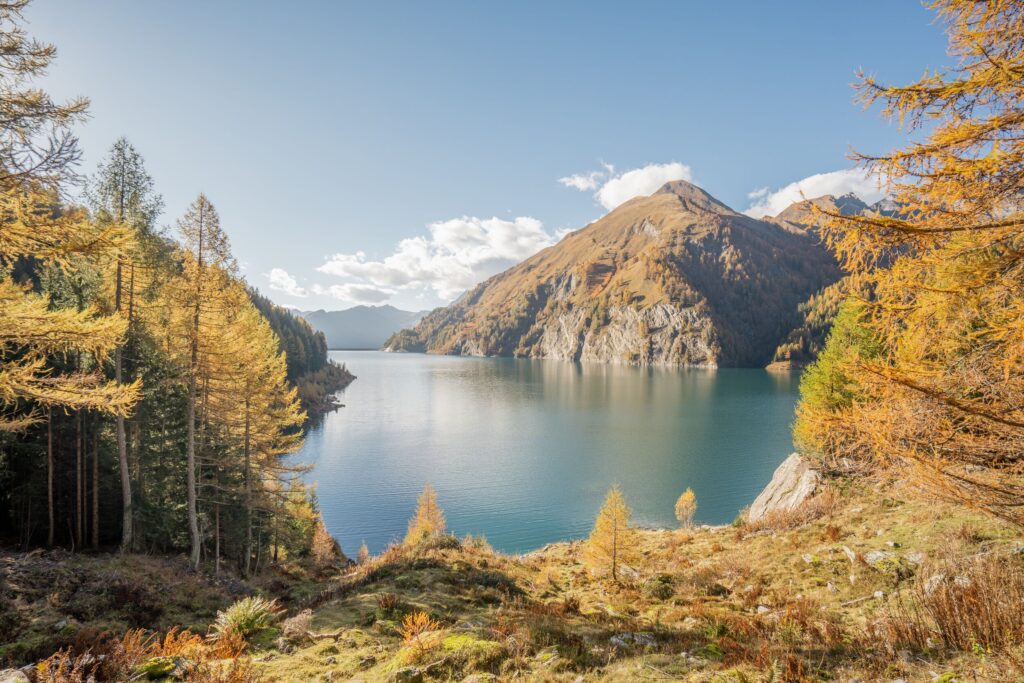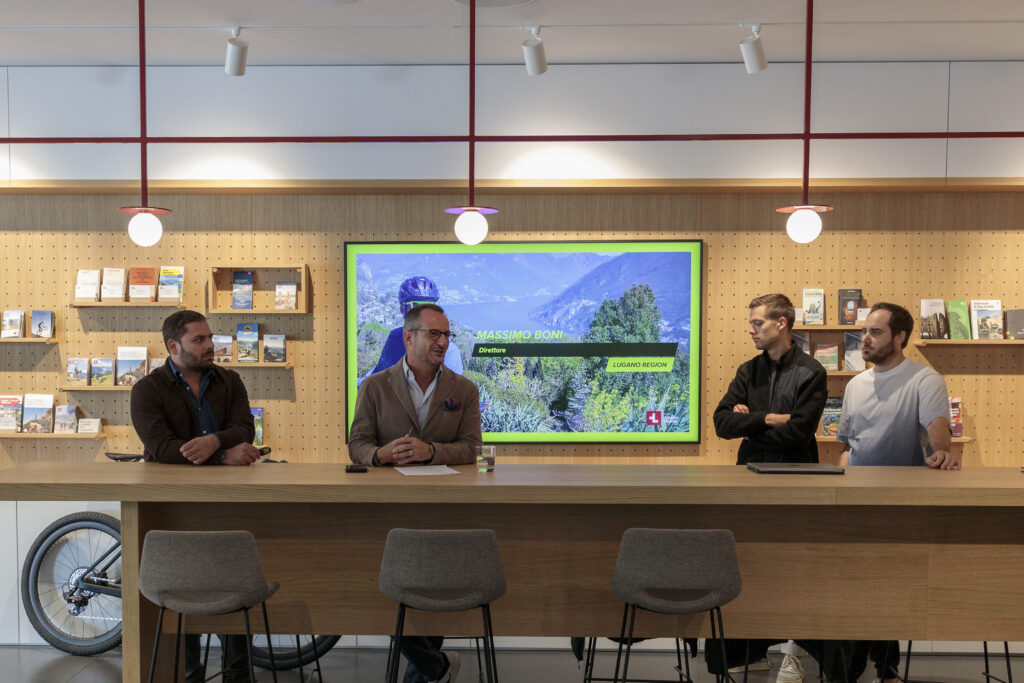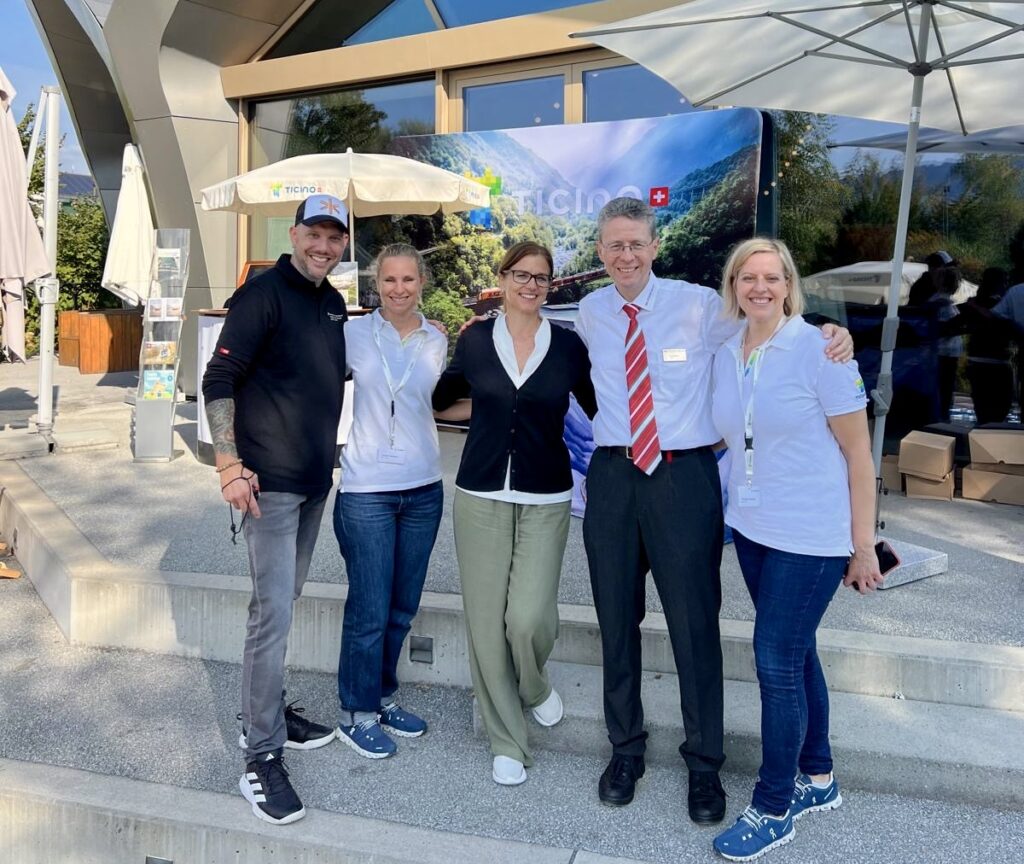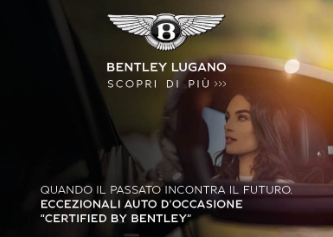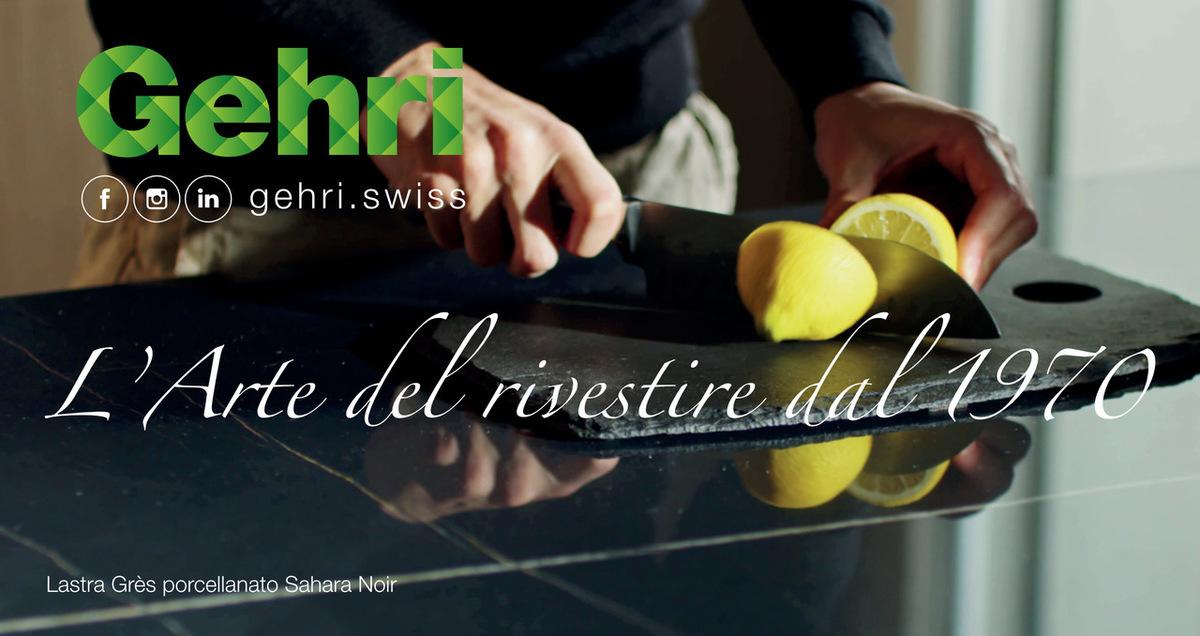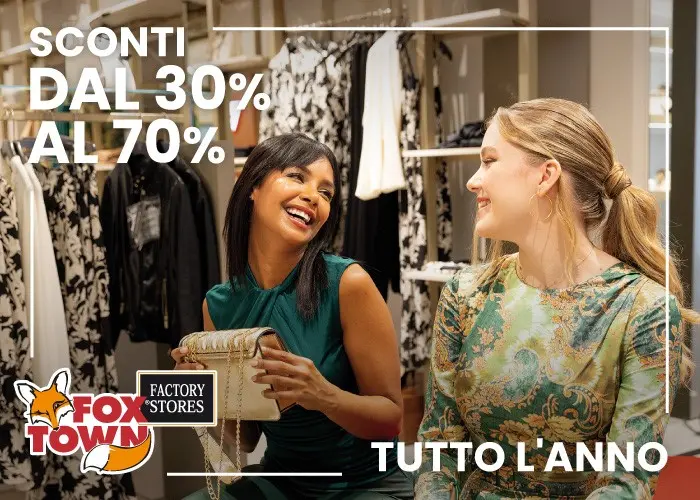Clipboard
I want to start the first in a series of sketches of my travels with an homage to Lugano – the beautiful city in which I have lived for the past four years.
By Marie-Solange Ladenius
One occasionally hears from long-time residents that Lugano was “better” in the late 1970s and 1980s than it is now. I do not believe that. In addition to its traditional real estate and private banking base, which remain strong, Lugano has more going for it in 2017 than ever before – the Lugano Art e Cultura (LAC), two universities, a growing biotech industry and first class restaurants. For those of us who know it well and are blessed to be able live here year round, it is a jewel that remains to be fully discovered by the rest of the world.
Lugano would not be Lugano without its stunning natural beauty and mild climate. The lake, the surrounding mountains, the palm and olive trees and other Mediterranean vegetation are a great source of inspiration for me. They are also a big draw for tourists. Another fantastic draw is our Mediterranean cuisine and more relaxed, Italian approach to life, which together distinguish Lugano from other great Swiss cities.
When friends arrive in Lugano from abroad, I first take them for a walk along the lake to Chiesa Santa Maria degli Angioli, to see Bernardino Luini’s Passion and Crucifixion of Christ, which are the finest Renaissance frescoes in Switzerland. One cannot visit Lugano and not see those frescoes. After that, I take them to the LAC and then stroll down the via Nassa to visit my favourite shops – before ending up at Ristorante Grand Café al Porto for cappuccino and one of their wonderful pastries. If my daughters are with me, we often get a slice of pizza at the outdoor stand at Gabbani, their favourite destination since the age of four. If I am going out that night, I may squeeze in a quick visit to Luisa, my hairdresser at Lakshmi on the Riva Caccia.
The Porto, as locals call it, is a world class coffee bar – in the same league as Sant Ambroeus in Milan, Rivoire in Florence, Florian in Venice and Antico Caffè Greco in Rome. Its only serious competitor in Lugano is the new Mauri on via Magatti. Lugano’s café society is usually to be found in either Porto or Mauri, and my day is not complete without a visit to one or the other.
If the weather is good – and it usually is – I take my friends on a walk through the beautiful Parco Ciani and along the lake to Cassarate and then up the hill through Castagnola and onto the Sentiero dell’olivo to Gandria. The Gandria walk, as we call it, is very special to me. My family lived in Gandria for 25 years. It is an amazing combination of wonderful architecture, some of it dating back to the Renaissance, and natural beauty – in my experience, unlike any other place on earth. There are some lovely restaurants, such as our friend Peter Artho’s Ristorante Rocabella, with its romantic view of the lake. In the summer, my husband likes to arrange for a boat to take us to dinner across the lake at Cantine di Gandria or the Grotto dei Pescatori Caprino.
Morcote is another splendid village on the lake, with charming little shops and restaurants, such as the Ristorante della Posta. It is both fun and rewarding to walk through the village and up the hill to the Chiesa di Santa Maria del Sasso, which dates from the 13th century and has a beautiful baroque interior.
For dinner in Lugano, we often find ourselves at Sass Café, where we enjoy their wide selection of Ticinese merlots. If a bit less formal setting is called for, we go to Argentino or Tango on the Piazza Riforma. However, there are many other special restaurants in and around Lugano that merit a visit, including Ristorante al Portone in Cassarate, Bottegone del Vino in Centro, and Grotto Morchino in Pazzallo.
I hope this little sketch will remind you of how much Lugano has to offer to both long-term residents and visitors. We are living here at a time when the city has amazing potential for economic growth and development – in biotech, medical technology, fund management and family offices – as well as the resources necessary to raise the city’s profile in the worlds of art and music. There is much to be grateful for, and much to be excited about.

